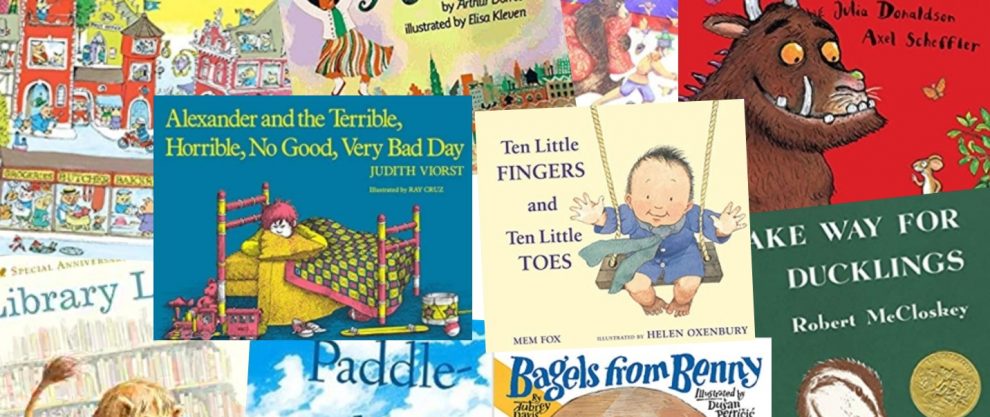by Danielle Hitchen
Story books are an integral part of forming a child’s moral imagination, therefore good story books are integral part of forming it well. As a child reads, she has a chance to go on adventures, face dilemmas, and explore new terrain all from the comfort of a cozy chair. The safety of the book and the chair allows her probe at decision making, identifying good and evil, choosing between right and wrong, and beginning to creatively problem solve. All these things work together to set a foundation that helps a child grow into a person of character – a person who choses what is right over what is easy, who honors their family and traditions, who is able to live courageously and joyfully. Below are a few favorite story books of the faculty at the Torrey Honors Institute – these perfect for young readers or reading aloud as a family.
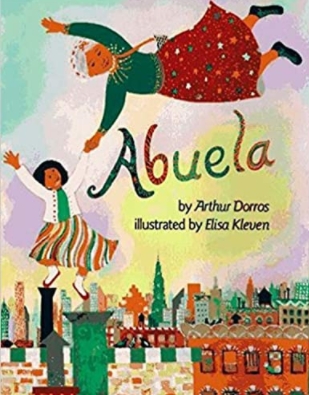
Abuela by Arthur Dorros
This English with Spanish book celebrates the bond of love and shared love of adventure between a little girl and her Abuela as they go from an outing to the park to a magical flight over New York City. From dockyards to office buildings, factories and the seaside, her Tio and Tia’s shop where they stop for lemonade, the two adventure together on a tour of the city. The illustrations are vivid and detailed, with particular attention to patterns and the possibilities of seeing from various aerial perspectives. Both text and illustration use echoing or mirroring effects–Abuela’s skirt balloons like a sailboat, English and Spanish phrases musically interweave throughout–and the overall effect is a rich and joyful sense of belonging, both to each other and to the city they call home. (Diane Vincent)
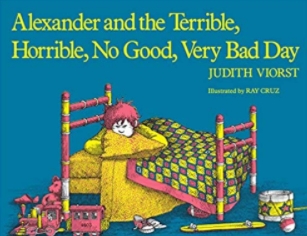
Alexander and the Terrible, Horrible, No Good, Very Bad Day, by Judith Viorst
Despite the fact that I have The Giving Tree tattooed on my arm, I’ll go with Alexander and the Terrible, Horrible, No Good, Very Bad Day, by Judith Viorst. I suppose I love it because I remember my dad quoting it again and again. “I went to bed with gum in my mouth, and now there’s gum in my hair.” It really was an awful day for Alexander, but only in the way normal people have awful days; it wasn’t that bad. It’s funny, oddly comforting (I’m not the only one!), and gently re-orienting, as Alexander’s mom reminds him that some days are like that, even in Australia. (Matt Jenson)
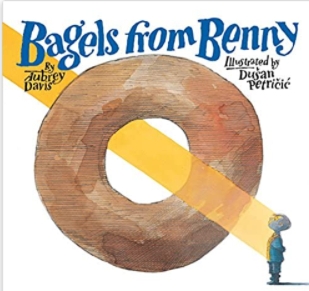
Bagels from Benny by Aubrey Davis
We found it delightful to enter the world of Jewish children’s stories, which are simultaneously rich in their sense of virtue, and offer a distinctly different perspective from many of the books we read to our kids. A close second was Gilman’s “Something from Nothing.” (Adam Johnson)
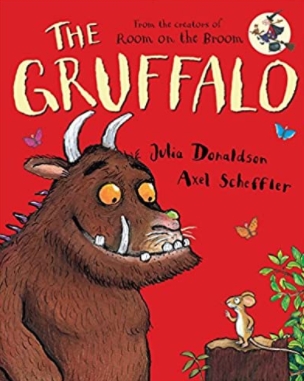
The Gruffalo by Julia Donaldson & Axel Scheffler
Julia Donaldson’s poetry is simple enough for a young child to memorize, and complex enough for a discussion on poetic form and structure. This book encourages quick thinking and problem solving, with a celebration of the ‘smallest of these‘ thrown in. Axel Scheffler’s illustrations are vibrant, and will delight all who have at some point imagined an encounter with a fantastical creature in a “deep dark wood’. (Surely that’s everyone!) (Siân Draycott)
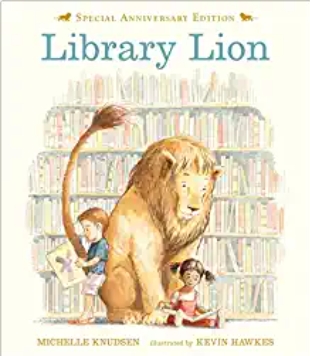
The Library Lion by Michelle Knudsen
My current favorite is The Library Lion. It’s one part The Ugly Duckling, one part A Christmas Carol, and one part Narnia, with a beautiful picture of the atonement right at the center, and the most beautiful watercolor illustrations. I choke up every time I get to the part where Mr. McBee tells Miss Merriweather that the Lion is back. (Janelle Aijian)
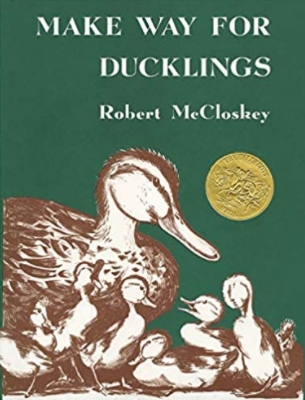
Make Way for Ducklings by Robert McCloskey
For nearly eighty years, this Caldecott medal book has delighted both children and adults with its story of how Mr. and Mrs. Mallard and their ducklings found a home. McCloskey depicts a wholesome society and encourages young readers to emulate the virtue of kindness. Those who especially enjoy this tale may like to read other McCloskey classics like Blueberries for Sal and One Morning in Maine, visit the commemorative statues of the ducklings in Boston Public Garden, and perhaps even take their children to the Duckling Day Parade held annually on mother’s day. (Laurie Wilson)
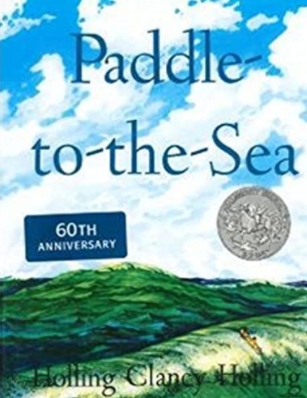
Paddle-to-the-Sea by Holling C. Holling
Holling C. Holling loves to show his readers the romance inside of geography and natural history in his detail-rich picture books. Children can pore for hours over this Caldecott winner, which features a Native American boy from the Nipigon Country in northern Canada who sets his carved man in a canoe on a journey from the snow melt in the hills through the Great Lakes to the great sea. Paddle-To-The-Sea’s journey is illustrated with complex detail, high drama, and tons of embedded information as he winds his way through natural and human obstacles and helpers. The landscape itself as well as the stories told about it are just as much the main character as Paddle-To-The-Sea, and readers are inspired with wonder, new forms of curiosity, and quiet awe as they join the ride. (Diane Vincent)

The Quiltmaker’s Gift by Jeff Brambeau
This is a book that teaches about generosity, but does it beautifully, and in a way that takes us into the difference between making and purchasing, and the art of crafting quilts – a range of virtues and goods my family holds dear. (Adam Johnson)

Ten Little Fingers and Ten Little Toes by Mem Fox
We have read so many great books to our girls, but one author that we found in Scotland and have particularly enjoyed was the Australian author Mem Fox. She consistently addresses the need to get outside of ourselves and see and love other things and other people in the world, while also remembering where we came from (see her Possum Magic, which takes you around the unique locales of Australia). Her Ten Little Fingers, and Ten Little Toes has been dearly beloved throughout our house!
It’s simple, with beautiful art (by Helen Oxenbury), while the message is a powerful one: every child has fingers and toes, just like you and me. Though we may come from different places, we still adore kisses from those we love! (Isaac Blois)
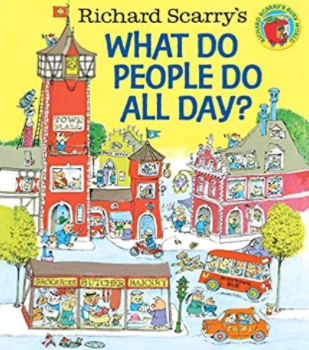
What do People Do All Day? By Richard Scarry
Scarry draws busy towns in a busy, busy world, but instead of a manic mess he shows us a peacable kingdom in which everybody has their own rewarding and meaningful work to do. He knows exactly what kids want to see: underground, through the walls of houses, inside of cars and trucks, with all the tools and furniture lovingly rendered in sharp detail. While his typical town is a vaguely Euro-American 1950’s kind of place, children from all over can find somebody to identify with in his wide cast of characters, who, I forgot to mention, are animals. (Fred Sanders)
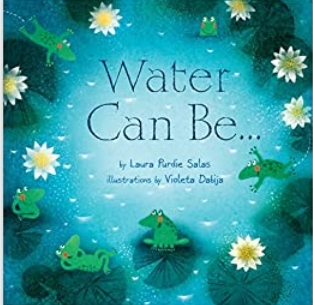
Water Can Be by Laura Purdie Salas
Salas’ Water Can Be (along with its companion books, A Rock Can Be and A Leaf Can Be) is an exploration of the ways water is used in our world – from a “valley cloaker” (fog) to a “kid drencher” (sprinkler) or a “Bruise shrinker” (ice pack) to a “decorator” (ice crystals). Salas encourages readers (adult and child alike!) to notice and wonder at the natural world, seeing God’s imagination and delight in creation. (Danielle Hitchen)
About Danielle:
Danielle Hitchen founded Catechesis Books in 2016 in order to build out a collection of biblical and theological resources for little ones. She desires to create beautiful books to help parents have better faith conversations with their children and has since published seven books in the Baby Believer series. Danielle is a graduate of the Torrey Honors Institute at Biola. She and her husband and their three sweet kids live in northern Virginia.
